Numerical study on loess slope failure induced by rainfall infiltration based on the finite difference method
DOI: 10.23977/erej.2023.070210 | Downloads: 16 | Views: 1908
Author(s)
Huiguang Jia 1, Zuochen Lv 2, Boyang Lv 2, Dongyang Zhang 3, Qingyou Wang 4
Affiliation(s)
1 China Energy Shuohuang Railway Development Co., Ltd., Cangzhou, Hebei, 062350, China
2 School of Civil Engineering, Shijiazhuang Tiedao University, Shijiazhuang, Hebei, 050043, China
3 Petrol Engineering Technology, Hebei Petroleum University of Technology, Chengde, Hebei, 067055, China
4 China Association of Construction Enterprise Management, Beijing, 102413, China
Corresponding Author
Zuochen LvABSTRACT
Due to its own structural characteristics, such as multi porosity, low density and water sensitivity, loess disasters occur continuously, and rainfall is the main factor causing the loess slope damage. Loess slope failures induced by rainfall infiltration occur frequently, due to its special characteristics such as multi porosity, low density and water sensitivity. Taking a secondary railway slope in Xinzhou City as a reference, a model is built to carry out the rainfall test of loess slope. The influence of rainfall intensity, slope angle and slope height on slope stability is studied in detail. The results of numerical simulation and field experiments show that when the rainfall lasts for 300 minutes, the soil pressure at the toe of the first grade slope changes suddenly, the horizontal stress is the largest, and the slope is damaged. Under the condition of constant rainfall intensity, with the increase of slope angle and height, slope landslides are more likely to occur.
KEYWORDS
Loess landslide, unsaturated seepage, matrix suction, numerical simulationCITE THIS PAPER
Huiguang Jia, Zuochen Lv, Boyang Lv, Dongyang Zhang, Qingyou Wang, Numerical study on loess slope failure induced by rainfall infiltration based on the finite difference method. Environment, Resource and Ecology Journal (2023) Vol. 7: 55-62. DOI: http://dx.doi.org/10.23977/erej.2023.070210.
REFERENCES
[1] TERZAGH I K, PECK R B. Soil mechanics in engineering practice [M]. New York: John Wiley, 1948.
[2] RICHARDS L A. Capillary conduction of liquids in porous mediums [J]. Physics, 1931, 1(5): 318-333.
[3] WU SHI DE LIU XIANG YI. Application of finite element strength reduction method in slope stability analysis [J]. Subgrade engineering. 2018(04): 30-34.
[4] YAN JUN, HAN WEN XI, QIDEXU. Stability analysis of high rock slope of an open-pit mine in Southwest China based on discrete element [J]. Resources, Environment and Engineering, 2018, 32(04): 624-628+647. 95.
[5] LUO ZHI DONG, SHI ZHEN NING, ZENG LING. Stability analysis of soil cutting slope based on finite difference method [J]. Western Communications Technology, 2016(09): 5-8.
| Downloads: | 5979 |
|---|---|
| Visits: | 448530 |
Sponsors, Associates, and Links
-
International Journal of Geological Resources and Geological Engineering
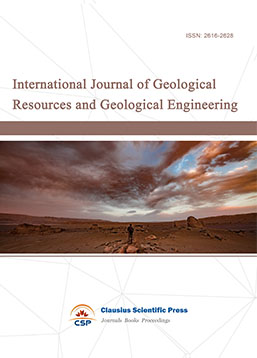
-
Big Geospatial Data and Data Science

-
Solid Earth and Space Physics

-
Environment and Climate Protection
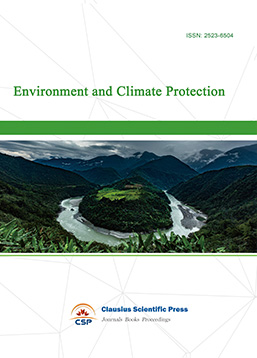
-
Journal of Cartography and Geographic Information Systems

-
Offshore and Polar Engineering

-
Physical and Human Geography
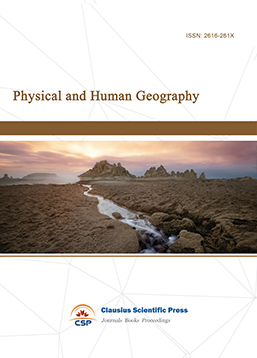
-
Journal of Atmospheric Physics and Atmospheric Environment
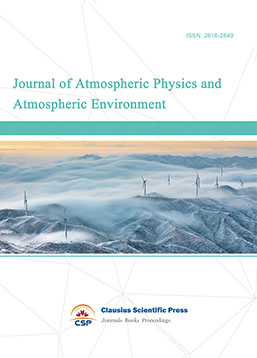
-
Trends in Meteorology

-
Journal of Coastal Engineering Research
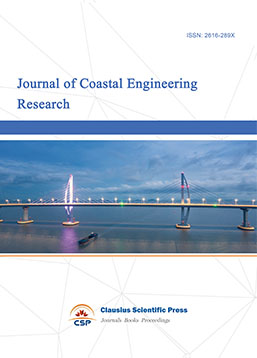
-
Focus on Plant Protection
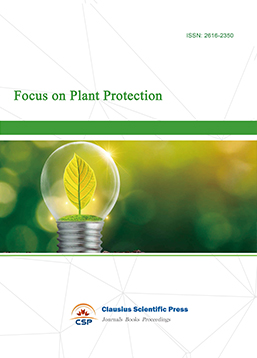
-
Toxicology and Health of Environment
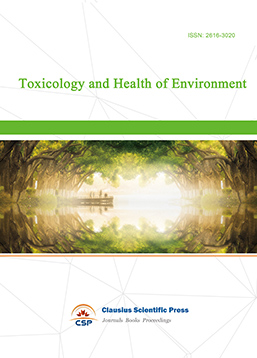
-
Geoscience and Remote Sensing
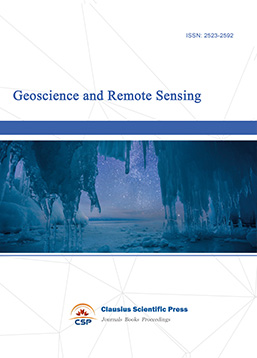
-
Advances in Physical Oceanography

-
Biology, Chemistry, and Geology in Marine
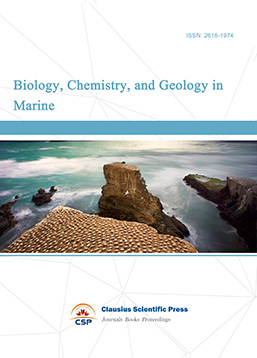
-
Water-Soil, Biological Environment and Energy

-
Geodesy and Geophysics

-
Journal of Structural and Quaternary Geology
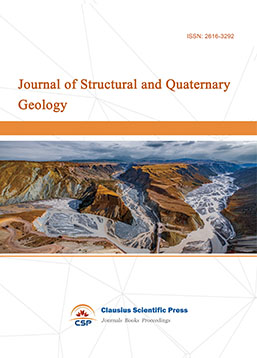
-
Journal of Sedimentary Geology

-
International Journal of Polar Social Research and Review


 Download as PDF
Download as PDF